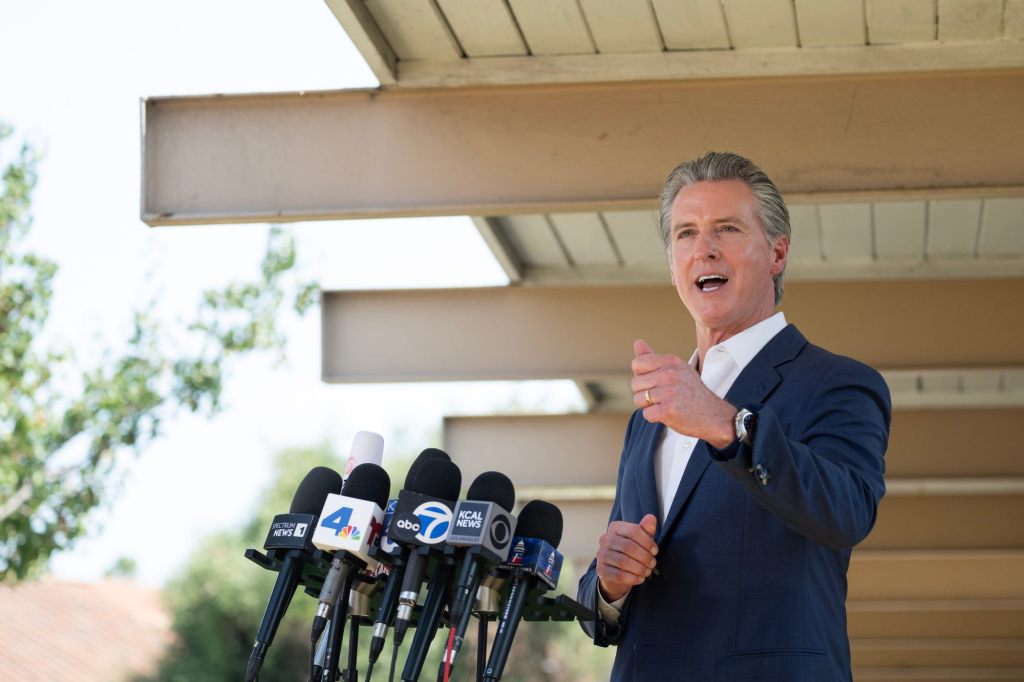
We lauded Gavin Newsom recently, after he took an unusual—but effective—approach to secure major reforms to the California Environmental Quality Act. CEQA is a main impediment to housing construction, with its requirements for voluminous Environmental Impact Reports and its rules that allow project opponents to file lawsuits on the flimsiest grounds. The governor refused to sign the budget unless it included CEQA reforms. Bravo.
But Californians shouldn’t get too carried away with the idea that Newsom has totally seen the light on housing issues. During a South Carolina trip this month to meet with early primary voters as part of his consideration of a presidential run, the governor touted the newly created California Housing and Homeless Agency as a means to help the state solve its related housing and homelessness crises.
Given California’s history of ill-performing bureaucracies, we can’t imagine any voters—even Democratic ones—get too excited. “It’s potentially a huge liability in the presidential race because it’s so easy to turn into an attack ad” featuring California homeless encampments, political scientist Jack Pitney told the Bay Area News Group. Newsom should have focused on his productive CEQA reforms rather than this “rearranging the deck chairs” endeavor.
The newspaper pointed to a critical report by the state auditor last year explaining that California’s current homeless agency failed to adequately track $24 billion in homeless spending over five years. The report also noted that even as homeless spending soared, the number of homeless people increased by nearly a quarter. That epitomizes the California Way under the administration—spend money, fail to carefully track the spending, ignore whether it is actually improving the situation, then rinse and repeat. It’s unclear how a new agency will do any better than the old one.
Under Newsom, California’s homelessness agencies have doubled down on the “housing first” philosophy, which argues the key to solving homelessness is to simply provide homeless people with homes. However, most of the homeless have underlying social issues (mental health, substance abuse) that require treatment. Because of the state’s inefficiency, it can cost $1 million a unit to build them. There’s not enough money in the world to solve homelessness at that price.
Regarding the overall housing issue, California’s home prices have soared above $800,000 statewide. That reflects a variety of trends. We’re not suggesting it’s all the governor’s fault, but the state has not substantially removed barriers to housing construction under his watch. Newsom has several useful “by right” housing reforms, but they are targeted mainly to multifamily and subsidized housing.
One recent report from the pro-housing group finds that these targeted reforms haven’t resulted in significant new construction—no surprise given that they often are filled with union giveaways and rarely apply to market-rate or single-family home construction. Despite the administration’s focus on affordable housing, most Californians prefer single-family homes. Had Newsom spent more time fixing California’s housing-related issues, he’d have a better pitch for voters outside of California, which even among Democrats is viewed as left of the mainstream.
Newsom deserves kudos for his recent CEQA reform efforts, but we doubt anyone is buying the idea that a new housing and homelessness agency is anything more than an effort to blunt criticism on the political front.



